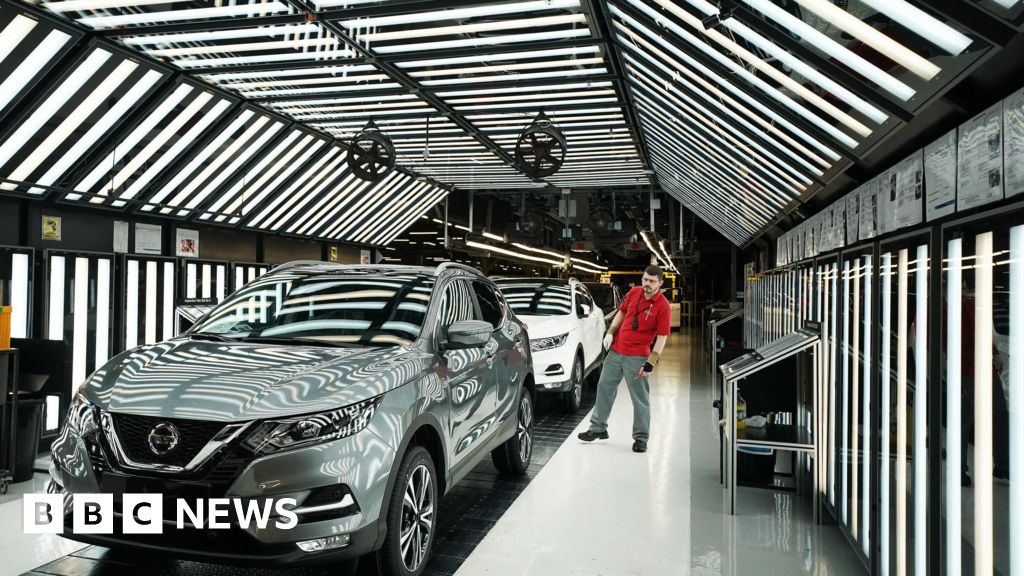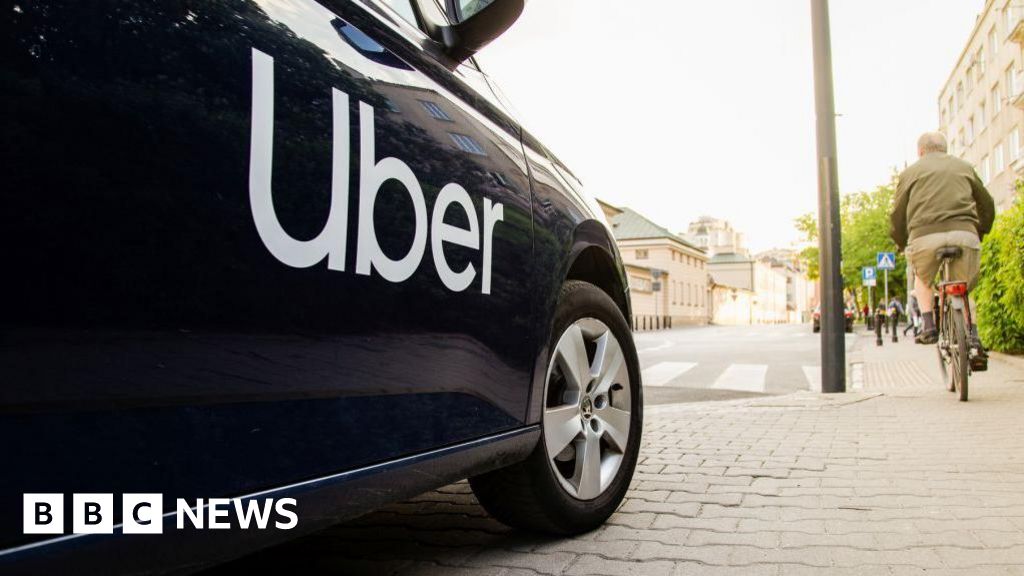The Orka Two is the sequel to the well-received Orka One hearing aids.
Orka
Back in late January, I wrote about the Orka One, an AirPods-esque hearing aid developed by Ben Sun and his team at Orka. Sun, Orka’s co-founder and chief executive who previously worked at Apple on MacBook keyboards and trackpads, told me his company’s origin story traces back to 2017, when he was in China visiting relatives during Christmastime. His grandmother was having trouble hearing, so Sun spend over $1000 on a pair of hearing aids for her, only to see her stop using them after a month. Sun set out to create hearing aids which not only augmented hearing but offered a top-shelf user experience to match, envisioning a product similar in spirit to Apple’s AirPods.
In mid-August, Orka introduced the second edition of its hearing aids.
I sat down with one of Sun’s three other co-founders in Xinke Liu earlier this year via videoconference to discuss the new hearing aids, as well as her own journey with hearing. Liu lost her hearing at 15 years old, and now has bilateral cochlear implants. Because she lost her hearing relatively late in life, nobody taught her American Sign Language (ASL) or Chinese Sign Language (CSL). Prior to getting the implants, Liu told me she “basically relied on lip-reading” when communicating with other people. It was during this time in the Bay Area when she first met Sun.
Sun, who was alongside Liu during the interview, told me the team “learned so much from our users in the industry [and] insiders and professionals” and made upgrades based on those learnings. The “biggest leaps” made for the new version pertain to overall comfort and ease-of-use. Sun said the new version is a third smaller and lighter than before, making it “a lot easier on your ears” when wearing them. In terms of function, there are new volume buttons on the charging case. Sun explained they heard from a lot of people who felt frustration at having to reach behind their ear or open the app on their phone simply to adjust volume. The idea with the buttons on the case, Sun said, is someone could slip their hand into their pocket to quickly change the volume up or down. That feature, he added, “really is an example of how we made the whole experience even more consumer friendly.”
Connectivity-wise, the Orka 2 now is able to connect to two devices at a time—for example, your phone and your laptop. As another example, Sun said a person can be watching television with the hearing aids and then seamlessly switch to their phone when a call comes in.
Of course, the actual sound fidelity of the Orka 2 is of paramount importance. Of that, Sun told me the company “doubled down” on improving audio quality, saying the new hearing aids have a richness and fullness that’s married with speech enhancement to make voices clear and more intelligible. Sun called this the “best of both worlds.”
For her part, Liu added the team “looked to nature” in building the charging case; they decided upon making it resemble a pebble or stone. She said it’s simple and smooth and, crucially, “peaceful.” That last adjective describes not only the object itself, but it’s an homage to Orka’s ethos of “[bringing] our users peace of mind” like, for instance, having dedicated volume buttons on said case. Liu expounded on the peacefulness concept, telling me Orka is not singularly only trying to sell something. The company truly does have altruism at the core of its mission in helping its customers hear better. They desired to make a hearing aid that’s not only easy to use and accessible, but they are transparent about pricing and other factors that muddle the experience of shopping for a traditional hearing aid from other manufacturers.
“The whole idea here is we want to generate a compounding effect,” Liu said. “By improving each touchpoint, we want to encourage more people to adopt hearing aids. When people don’t feel like giving up on each of these pain points, then there will be more people using your product and sticking with it. That’s how we come to solve the problem with more and more people having hearing loss and wanting to help them.”
Sun said the development of the new Orka included lots of conversations with people about the originals, who gave them valuable feedback on using the originals to see where the new version could be better. The most resounding piece of feedback, Sun told me, was people (who weren’t necessarily Orka users) wanted to find a solution to their hearing health that wouldn’t “deter them on their journey.” They wanted something that encouraged them instead to take the next step, spiritually akin to how hearing aids have evolved from boring beige things that are ugly and not at all smart to become something decidedly more computer-like. Sun echoed Liu’s sentiments on the hearing health journey, saying in part it’s a path “full of friction points,” adding that many people he spoke to felt like they “weren’t human” when they realized they had hearing loss. As a result, they neglected to do anything about it given the crop of conventional hearing aid technology.
Sun emphasized it isn’t merely the tech itself that’s outmoded and problematic. Compounding the problem is the process by which people must go through in order to get tested, find a suitable pair of hearing aids, and then find a mythical money tree from which to pay for them. Whereas the legacy experience is stressful, Orka endeavors to simplify it and, alluding to Liu’s comment on nature, make the process peaceful.
Even the packaging of the hearing aids have been intentionally designed so as to be as thoughtful and easy as possible. The whole stack, so to speak, was meticulously considered for the betterment of users.
“It’s those little efforts that we put a lot of efforts into [that] are paying off when I talk to our users,” Sun said of the laser focus on building the best possible user experience. “These are really the sort of the positive reinforcement that we received after launching our [initial] product.”
On the topic of pain points, Sun said Orka is beginning to lean into telemedicine by working on functionality such that people can attend remote audiology appointments with accredited audiologists. This feature, Sun told me, is something that the team hopes go a long ways into allaying fears about getting to a doctor’s office for testing along with speeding up the process in terms of setting expectations so someone is more incentivized to stick with their hearing aids. Unsaid by Sun but nonetheless relevant is the focus on telehealth is accessibility beyond sheer hearing; someone with multiple conditions—hearing loss and mobility—may find Orka’s remote audiology sessions more accessible simply because they don’t need to figure out logistics around getting to and from a brick-and-mortar office. As I always say, not trivial concerns.
Looking towards the future, Liu and Sun both expressed enthusiasm for their company’s mission, telling with no equivocation that their goal moving forward is to keep making better products that help people hear better. The team is excited about experimenting more with artificial intelligence, as well as how the Orka hearing aids conceivably could integrate with mixed-reality headsets like Apple’s hotly-anticipated Vision Pro. All told, Liu said they want to continue iterating on the “technology we’re trying to make” while leaving the medical people to do their thing as far as the audiological component is concerned.
“Yes, we are excited about future products,” Liu said.
Credit: Source link











